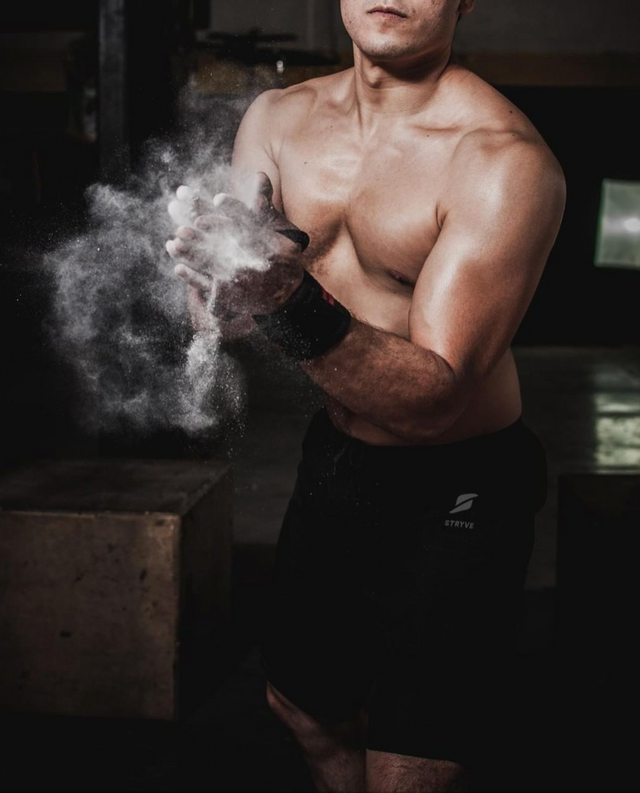Modern powerlifting - just a hype?

If you are just starting out, also read this post:
" 10 Golden Rules for Fitness Beginners "
Power lifting has often gotten a bad rap from those who have not participated. People were impressed by the incredible weights but not so much by the athletes' looks and physiques.
It seems like some of the old school powerlifters focused a lot more on extreme strength than physical condition. And the question is: why?
Powerlifters love to say that they can easily lift "heavy things". Aspects such as calorie deficits and endurance or mobility are undesirable when looking for strength gains.
A 4-day-a-week powerlifting workout has helped lift and lift much heavier weight than most of us will ever lift. On the downside, this type of exercise also comes with an increased chance of serious health problems.
"Powerlifting has changed."
Powerlifting has seen tremendous changes and improvements over the years. There are numerous powerlifting federations that offer the modern lifter the opportunity to compete in a healthy environment against other lifters in their respective classes.
The meetings are also becoming increasingly popular and larger in this country. Anyone who attends one of these gatherings will immediately see the difference between the typical "weightlifters" of the 1970's and today.
There are a variety of body sizes in the world of powerlifting because powerlifting is about strength and coming together is not a beauty pageant. However, unlike back then, the majority of today's powerlifters have impressive physiques that demonstrate both strength and a healthy physique. Many of today's lifters are muscular but carry less body fat.
They are still extremely strong, but also much healthier and in better physical shape. This allows athletes to train longer, increase their strength as muscle mass increases, and lead better lives outside of training. 
Also unlike 10 years ago, powerlifters today have a lower percentage of body fat than they did then. Still (and as in every area of training) everyone does their own thing and what works for them. However, there is a distinctly growing trend in the powerlifting world where established but overweight lifters are shedding significantly large amounts of bodyweight and yet come back to their training stronger than before.
Read more about cardio workouts, flexibility training, and strength or weight training in our blog post: Fitness 101: " The Absolute Beginner's Guide to Training "
Perhaps this new movement is also a reason why powerlifting as a sport is enjoying increasing popularity. You no longer have to search the internet to find a studio that is building a community around the "heavy workout".

Powerlifting is growing in popularity.
Powerlifting training has grown tremendously in popularity lately. Fitness websites and forums are jam-packed with various powerlifting programs, strategies, and advice. Gyms are increasingly introducing powerlifting machines onto the floor and classes into the program as more people want to be a part of the movement.Powerlifting requires you to challenge yourself to lift as much weight as you can and then constantly increase that strength. The increase in strength can become an addiction; Powerlifters push themselves to the brink of collapse in order to add a few pounds to their personal records.
"Getting stronger than before" is still the primary goal in the training plan. Other areas of a balanced fitness are meanwhile served at least. But still not growing enough.
Like most gyms, the only question people ask about is how much weight someone can squat, bench press, and deadlift. Squats and deadlifts are grueling complex movements that improve a phenomenal number of muscle groups; Bench press is a great compound exercise for the upper body. These three exercises alone can transform the body into a healthy musculoskeletal system. However, as always, these exercises should be done in moderation.
While powerlifters focus on the squat, bench press, and deadlift (the big three), the secondary and tertiary muscle groups that are targeted make for a total body workout. Fortunately, today's athletes in this field are more informed than ever about how to properly prepare for various goals.
Powerlifting is no longer just a sport for a few men in this world, but has become suitable for the broader masses (whether male or female). The benefits are obvious and the fun factor is definitely there; the results are presented on social media and in the fitness studios and are quite impressive.
Choosing to improve the big three movements allows trainees to maximize their overall strength. Pushing yourself to your limits, setting goals and then exceeding them is the everyday life of a powerlifter. The sport - powerlifting - will continue to grow as more athletes discover the joys of strength training and the big three exercises. Let's hope that the understanding of balanced health will also grow with them.


